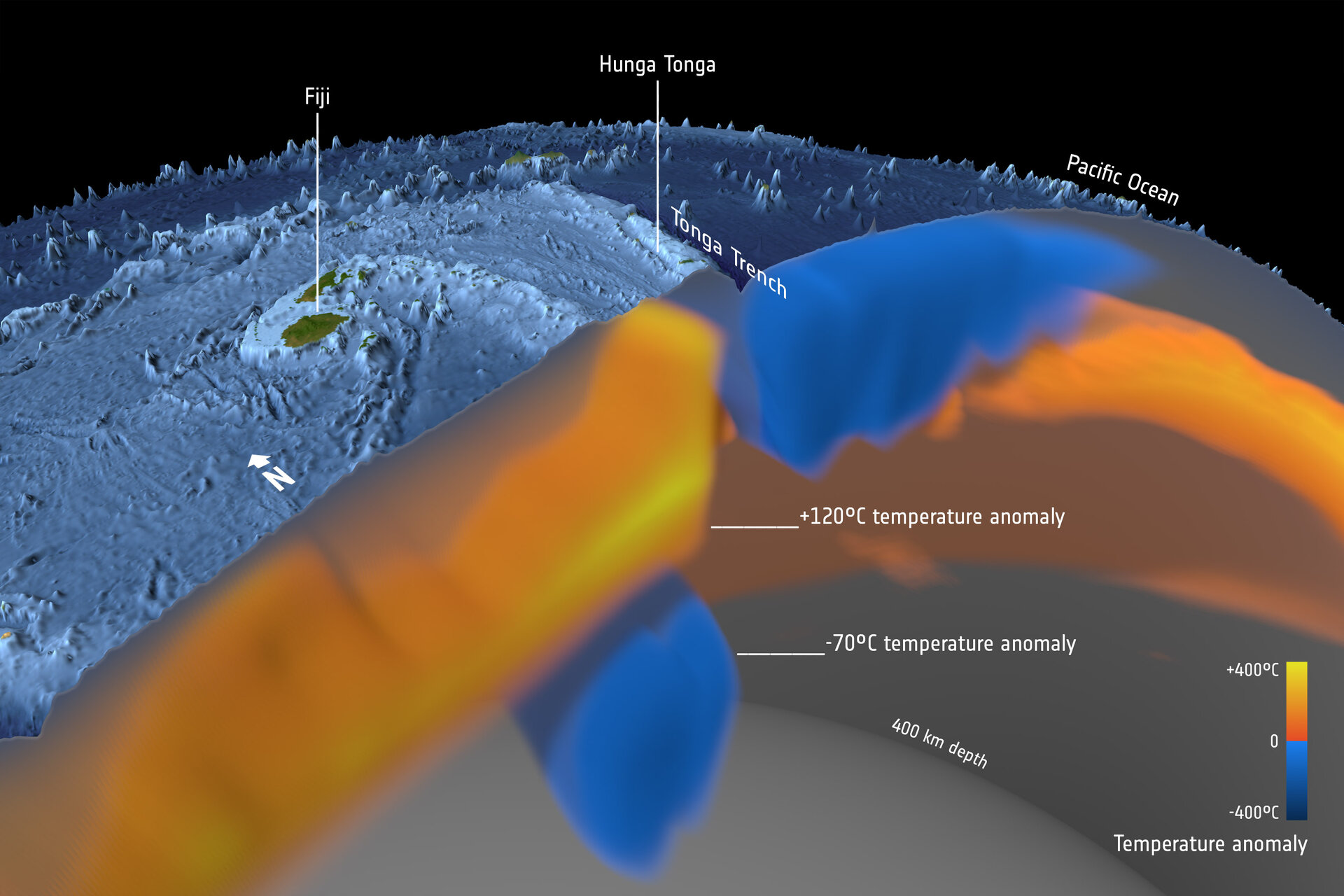Volcanic Activity Continues Today on the Surface of the Moon.
Scientists previously thought that the moons volcanic activity died down a billion years ago. Mercurys craters are more densely packed than are craters on the Moon.

Kuwae Submarine Volcanoes Underwater Volcanoes Sea Volcanoes Volcano Nature Iceland
Evidence Of Recent Volcanic Activity On The Moon Found.

. Ios volcanoes have long presented a mystery. The most recent lava flow occurred about 1 billion years ago. Earths moon doesnt have much of an atmosphere today.
But new data from NASAs Lunar Reconnaissance Orbiter or LRO hints that lunar lava flowed much more. At that point all volcanic activity on the moon was thought to cease. Craters formed from volcanic activity.
Io is the most volcanically-active body in the Solar System apart from the Earth. Earth that have suffered from volcanic activity in the past. Until 2014 scientists thought that the moons volcanic activity ceased a billion years ago.
Much of the Moons ancient surface is covered with hardened lava. According to a new research paper filed by the Planetary Science Institute in the Journal of Geophysical Research data returned by Cassini suggested morphological features on Titan that indicate halos islands elevated ramparts and. Most of the volcanic activity took place early in the Moons history before about 3 billion years ago.
Some of the lava flows are between one billion and two billion years old. However in the absence of other similar features Ina was not considered an indication of widespread volcanism. Lunar samples that Chinas Change 5 spacecraft brought to Earth are revealing new clues about volcanoes and lava plains on the moons surface.
Lavas that once flowed from the volcanoes and that with the passage of time cooled and solidified as can be observed in multiple places in the Canary Islands and in many other places. These findings indicate that the icy moon has heat locked up beneath its surface suggesting a potential for life in its interiors. February 20 2012 Scientists believe theyve discovered why the moon has no active volcanoes despite containing plenty of liquid magma.
Now a new study has added another item to the list. The MESSENGER mission has photographed much of Mercurys surface and found evidence of volcanic activity shaping its surface. NASA spies eruption evidence on Saturns moon could continue today VOLCANO-like features spotted in polar regions of Saturns moon Titan by NASAs Cassini spacecraft could be.
29 Mar 2017 1647 A feature on the Moon thought to be evidence of recent volcanic activity is likely much older than thought according to a new study casting doubt on. However it may have had a more prominent atmosphere 3 billion to 4 billion years ago when volcanic eruptions spewed giant clouds of gas. Some volcanic activity continues today on the surface of the Moon.
Motion of the crustal plates is driven by convection in Earths upper mantle. Theres nothing odd about volcanoes on the Moon per se. Earths magnetic field is the result of our planets large permanently magnetized iron core.
Which of the following inner solar system bodies has the largest volcanoes. Astronomers know of more than 400 volcanoes strewn. Volcanic activity on the moon has deposited lava rock on its surface throughout its history.
The Moons internal structure is similar to Earths but the Moon lacks. NASAs Cassini space probe to Saturn found evidence of what may have been explosive volcanic eruptions on Saturns moon Titan. But data from NASAs Lunar Reconnaissance Orbiter LRO suggested that lava flowed as recently as 100 million years ago when dinosaurs still roamed the Earth.
Volcanoes on Titan. Surface the ozone layer is the warmest part of the atmosphere. From Apollo samples and crater counts we know that the bulk of volcanism on the moon.
Researchers called it Ina and it looked like the aftermath of a volcanic eruption. These craters which seem to be bustling with activity are located on the moons polar region. Mars has the largest volcanoes in the solar system.
Volcanic activity continues today on the surface of the moon. With time these rocks break down into dust and soil called regolith from space weathering and. The answer they say is that the magma is so dense that its simply too heavy to bubble to the surface.
Several earlier studies suggested that Ina was quite young and might have formed due to localized volcanic activity. Scarps are found only on Mercury not on the Moon. Because of tidal forces the moon is in a synchronous orbit around Earth.
A hydrosphere an atmosphere and a magnetosphere. They seem to be scattered in a less-than-random way across the surface with fewer at the poles or. Large craters are formed frequently today on the surface of the Moon.
Until now it was thought that lunar volcanism had been older and ceased much earlier. The Moon has an extensive iron core. The main features of the Man in the Moon in fact are old basaltic flows.
Back in 1971 Apollo 15 astronauts orbiting the Moon photographed something very odd.

Esa Deep Down Temperature Shifts Give Rise To Eruptions

Deadly Pyroclastic Flow At Paluweh Volcano A Fresh Scar On The North Side Of This Indonesian Volcanic Island Reveals The Volcan Volcan Eruption Tour Du Monde
0 Response to "Volcanic Activity Continues Today on the Surface of the Moon."
Post a Comment